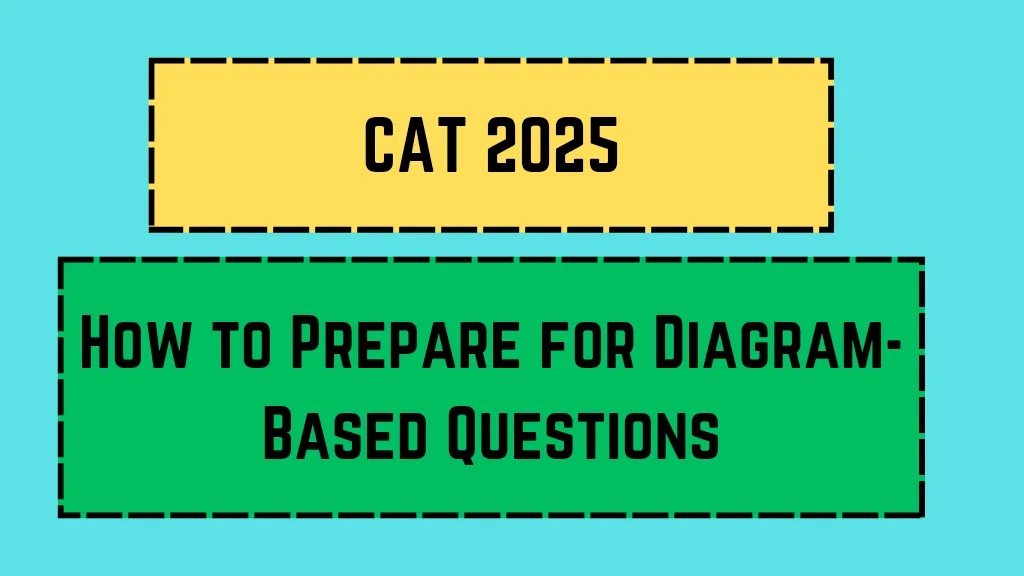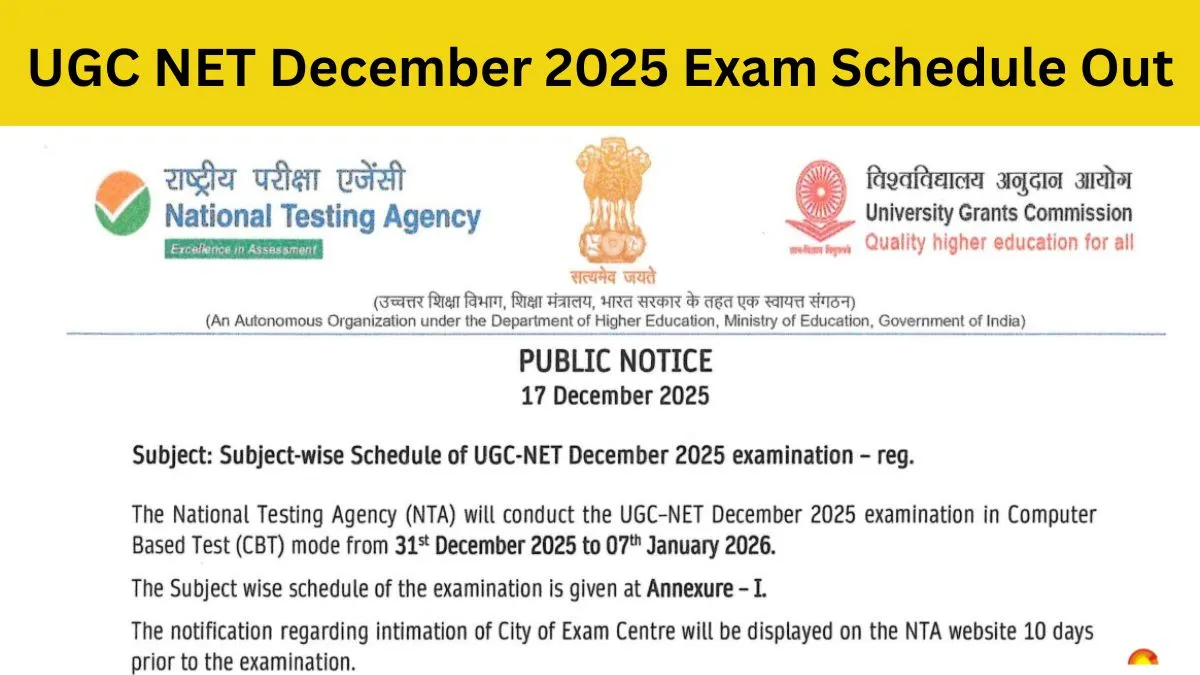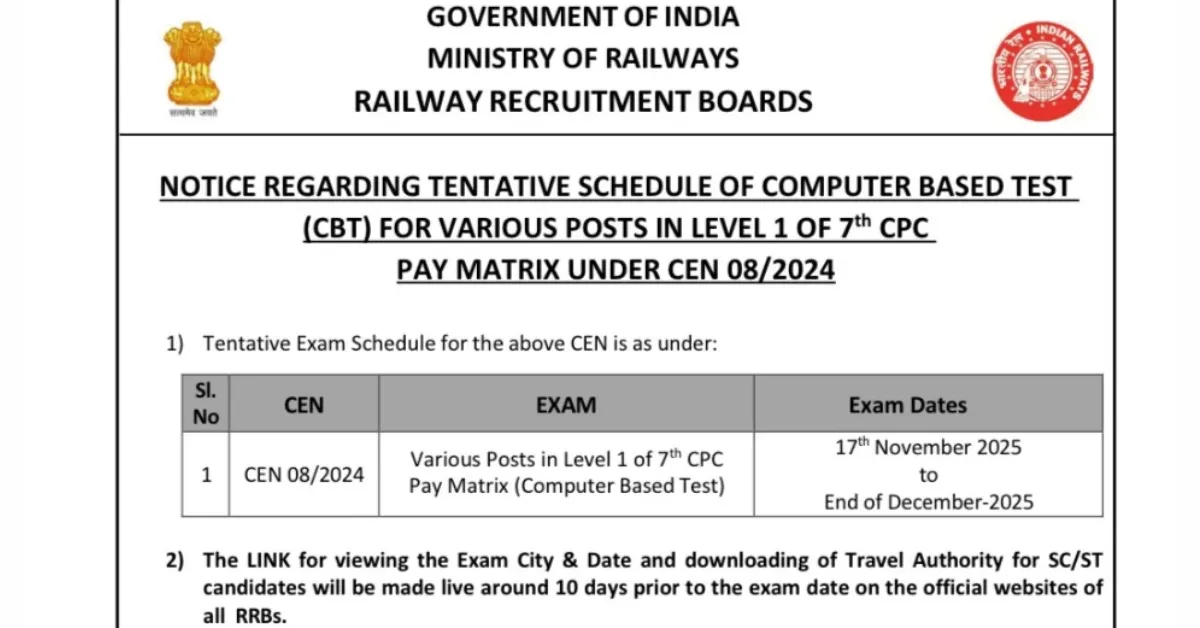The Common Admission Test (CAT) is one of the most competitive exams in India, and 2025 is no exception. With the exam pattern evolving every year, diagram-based questions have become a significant part of the test. These questions test your logical reasoning, data interpretation, and visual comprehension skills. But don’t worry—this guide will walk you through everything you need to know to ace these questions. Let’s dive in!
Key Highlights 🎯
| Point | Details |
|---|---|
| Organization Name | Indian Institutes of Management (IIMs) |
| Exam Name | Common Admission Test (CAT) |
| Exam Date | November 2025 (Tentative) |
| Question Type | Diagram-Based Questions |
| Weightage | 10-15% of the total questions |
| Skills Tested | Logical Reasoning, Data Interpretation, Visual Comprehension |
| Difficulty Level | Moderate to High |
| Preparation Time | 3-6 months recommended |
| Official Website | iimcat.ac.in |
Why Diagram-Based Questions Matter 🧩
Diagram-based questions are no longer just an add-on in the CAT exam. They’ve become a core component of the Data Interpretation and Logical Reasoning (DILR) section. These questions test your ability to interpret visual data, such as graphs, charts, Venn diagrams, and flowcharts.
For example, in CAT 2023, a question asked candidates to analyze a pie chart showing the distribution of a company’s revenue across different sectors. Many students struggled because they weren’t familiar with interpreting multi-layered diagrams.
According to CAT expert Arun Sharma, “Diagram-based questions are designed to test your quick thinking and accuracy. They’re not just about understanding the data but also about connecting the dots logically.”
Types of Diagram-Based Questions 📊
Understanding the types of diagrams you might encounter can help you prepare better. Here’s a breakdown:
| Diagram Type | Description | Example |
|---|---|---|
| Pie Charts | Show proportions of a whole | Revenue distribution across sectors |
| Bar Graphs | Compare quantities across categories | Sales performance over months |
| Line Graphs | Display trends over time | Stock price fluctuations |
| Venn Diagrams | Represent relationships between sets | Overlap between customer preferences |
| Flowcharts | Illustrate processes or workflows | Steps in a manufacturing process |
| Tables | Organize data in rows and columns | Student performance in different subjects |
How to Approach Diagram-Based Questions 🛠
1. Understand the Basics
Before diving into complex diagrams, ensure you’re comfortable with the basics. For instance, know how to read a bar graph or interpret a Venn diagram.
2. Practice Regularly
Consistent practice is key. Use CAT preparation books and online resources to solve as many diagram-based questions as possible.
3. Focus on Speed and Accuracy
Time management is crucial in CAT. Aim to solve each question within 2-3 minutes.
4. Use Elimination Techniques
If you’re stuck, eliminate obviously wrong options to improve your chances of guessing correctly.
5. Analyze Previous Year Papers
Reviewing past CAT papers can give you a clear idea of the types of diagrams that frequently appear.
Real-Life Examples 🌟
Example 1: Pie Chart Analysis
In CAT 2022, a question presented a pie chart showing the expenditure distribution of a household. Candidates had to calculate the percentage spent on groceries. Many missed the question because they didn’t account for overlapping categories.
Example 2: Venn Diagram Problem
A Venn diagram question in CAT 2021 asked candidates to find the number of students who liked both Math and Science. The trick was to identify the overlapping region accurately.
Expert Tips for Success 🎓
Here’s what CAT toppers and experts recommend:
| Tip | Details |
|---|---|
| Start Early | Begin your preparation at least 6 months before the exam. |
| Use Mock Tests | Simulate exam conditions to improve speed and accuracy. |
| Focus on Weak Areas | Identify and work on your weaknesses regularly. |
| Stay Updated | Keep an eye on any changes in the CAT exam pattern. |
| Join Study Groups | Collaborate with peers to solve complex problems. |
Research-Backed Data 📈
According to a 2024 survey by Career Launcher, 65% of CAT aspirants found diagram-based questions challenging. However, those who practiced regularly scored 20-30% higher in the DILR section.
Another study by TIME Institute revealed that students who solved 10-15 diagram-based questions daily improved their accuracy by 40% within three months.
Tools and Resources to Use 🛠
Here are some resources to help you prepare:
| Resource | Description |
|---|---|
| CAT Preparation Books | Arun Sharma’s Data Interpretation & Logical Reasoning |
| Online Platforms | Websites like BYJU’S and Unacademy offer dedicated courses. |
| Mock Tests | Available on iQuanta and Career Launcher. |
| YouTube Channels | Channels like Rodha provide free tutorials. |
| Mobile Apps | Apps like CATKing offer practice questions on the go. |
Common Mistakes to Avoid ❌
Even the brightest students make mistakes. Here’s what to watch out for:
| Mistake | Why It’s a Problem |
|---|---|
| Ignoring Diagrams | Skipping practice can lead to poor performance. |
| Overcomplicating Solutions | Trying to solve questions in complex ways wastes time. |
| Neglecting Mock Tests | Without mocks, you won’t know your strengths and weaknesses. |
| Relying Only on Theory | Practical application is key—don’t just read, solve! |
Final Thoughts 🚀
Preparing for diagram-based questions in CAT 2025 might seem daunting, but with the right strategy, you can master them. Start early, practice consistently, and use the resources available to you. Remember, the key is to stay calm and think logically during the exam.
Good luck, and happy studying! 🎉














